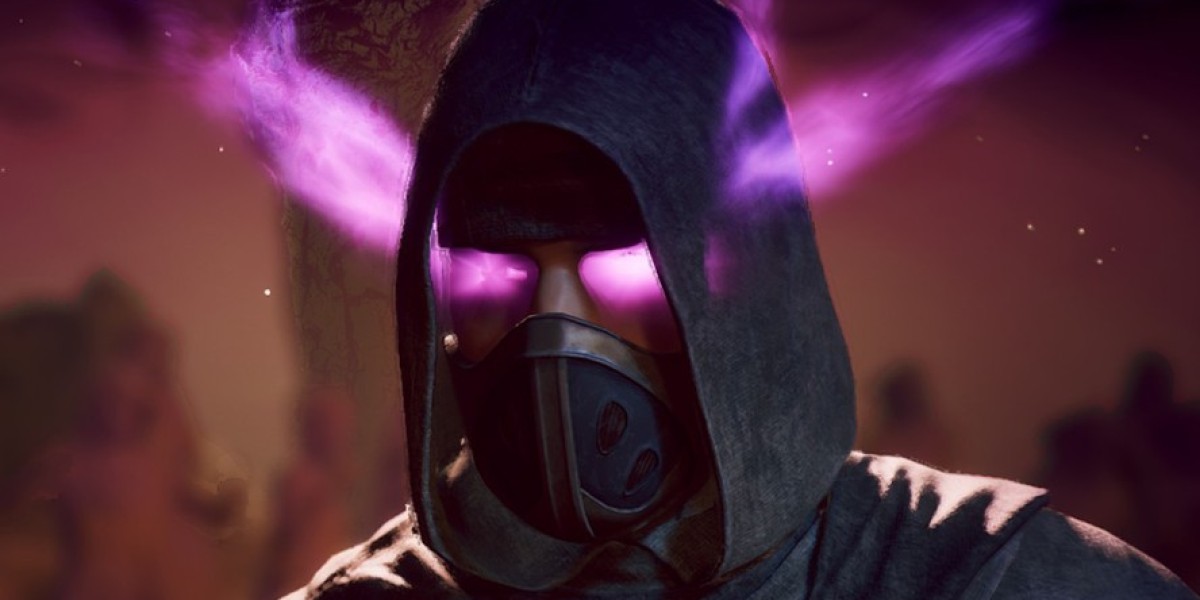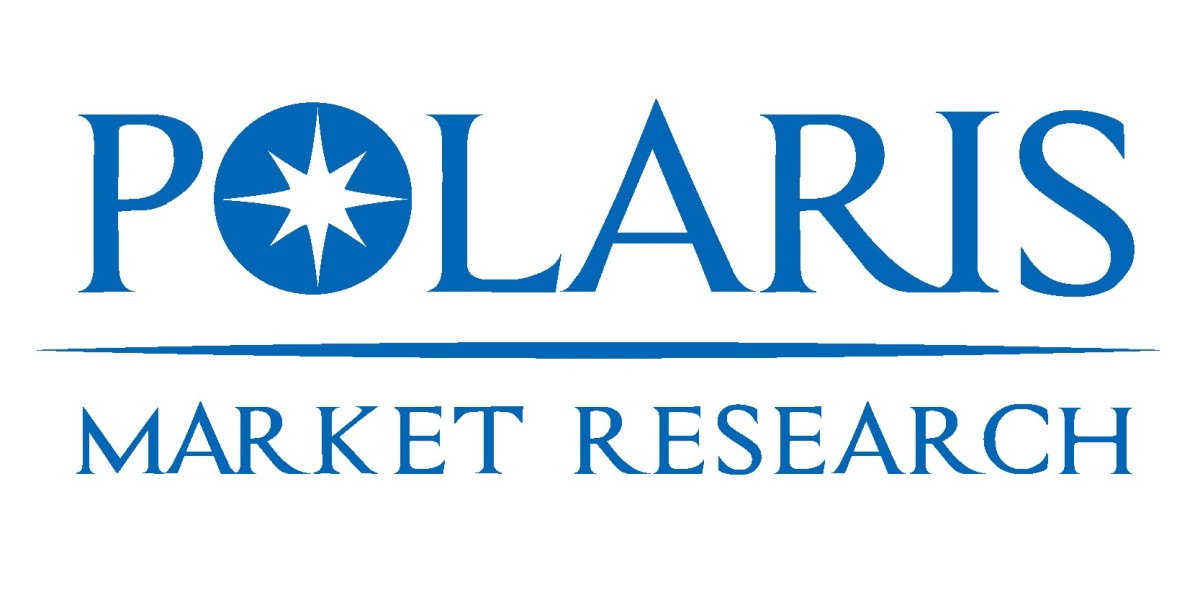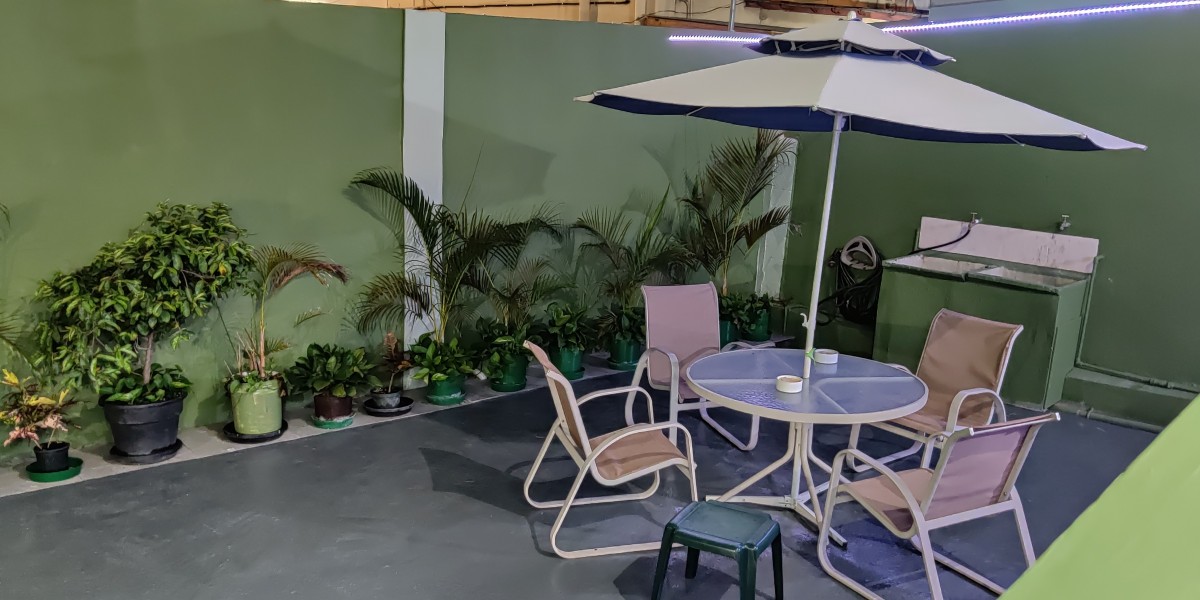In a stark reminder that job security remains elusive within the gaming industry, Funcom has announced a series of layoffs despite the recent success of their latest release. The game in question, the survival MMO Dune: Awakening, debuted earlier this year to widespread acclaim and was celebrated internally as the company's most significant launch in its 32-year history of game development.
However, the company's leadership has indicated that the high point of this milestone does not translate into stability for the staff. According to a statement shared with GamesIndustry, Funcom emphasized that Dune: Awakening’s promising potential has led them to shift their focus toward future content updates, new features, and ongoing improvements.
The transition from initial development to sustained live service operations, coupled with preparations for a major console launch scheduled for next year, has necessitated a restructuring of teams. This strategic realignment involves reallocating resources across various projects and studios, which unfortunately has resulted in workforce reductions.
With heavy hearts, Funcom expressed regret over the need to part ways with valued employees, acknowledging the difficult but necessary decision to prioritize long-term growth and stability amidst a rapidly evolving market landscape.
Funcom has acknowledged that it is still uncertain about the full extent of the recent layoffs and has not disclosed specific numbers of employees affected.
Interestingly, Dune: Awakening achieved the distinction of being Funcom’s fastest-selling title to date, highlighting its initial success.
Ironically, after contributing to what became the company's most successful release, staff members found themselves facing layoffs just months later.
This situation exemplifies a troubling pattern within the gaming industry, where employment instability persists despite the sector’s projected global revenue of $189 billion by 2025, according to market analysts.
The cuts at Funcom are scheduled to take effect on October 1st, and industry insiders suggest this may not be the last round.
This wave of layoffs follows a series of recent closures and redundancies across the industry, including Avalanche Studios’ shutdown of its Liverpool office and layoffs across its Malmö and Stockholm locations, likely linked to Microsoft's layoffs of approximately 9,000 employees in July—a move announced with an oddly optimistic statement about business health.
Additionally, Firaxis faced layoffs in September, despite the successful launch of Civilization 7 earlier that year, underscoring the volatility and unpredictability that pervades the gaming employment landscape.
What are Dune: Awakening and Dune: Awakening Solari?
Dune: Awakening Solari serves as the main currency within the world of Dune: Awakening, allowing players to purchase gear, secure valuable resources, and access various NPC services essential for survival on Arrakis. To maintain your progress and avoid losses, it's crucial to deposit your dune awakening solari in hub banks, as carrying it while exploring can lead to losing it upon death. Players looking to acquire more dune awakening solari or top up their balance can turn to popular game trading platforms such as Midasbuy, Codashop, or OffGamers for secure transactions. Managing your dune awakening solari wisely is key to thriving in the shifting sands and political intrigue of the game.
Why LootBar.gg is the best choice for buying Dune: Awakening Solari?
If players are looking to top up Dune Awakening Solari, they may want to consider using the lootbar game trading platform. Lootbar.gg stands out as a reliable choice for those who wish to buy dune awakening solari, thanks to its reputation for professionalism and strong partnerships with major game publishers. The platform not only offers premium in-game currency at affordable rates but also ensures that every transaction is fully secure through advanced encryption and robust data protection measures, giving players peace of mind when handling their purchases.
Moreover, lootbar provides a swift and efficient delivery system, so players can enjoy their Solari in no time without unnecessary waiting. The 24/7 customer support team is always ready to help with any inquiries, making the process smooth and hassle-free. In addition, lootbar’s active blog community offers valuable insights, game guides, and updates on the latest events, creating an engaging space for gamers. With all these benefits, lootbar.gg is an excellent choice for anyone who wants to buy Dune Awakening Solari quickly, safely, and at a great price.
How to buy Dune: Awakening Solari on LootBar?
To purchase Dune: Awakening Solari for sale on the LootBar trading platform, follow these simple steps to complete your top-up.
- First, visit the official LootBar website at lootbar.gg, select your preferred language and currency, and log into your account.
- Next, head to the homepage and search for Dune: Awakening Solari within the Game Coins section.
- Once you've located the Solari option, decide on the amount you wish to buy and click the Buy Now button.
- Carefully enter your relevant details as prompted by the purchase instructions.
- Finally, pick your desired payment method and confirm your transaction by clicking Pay Now to complete the process.
What is the best Gaming Top-Up Platform?
For players seeking reliable, efficient, and better priced gaming top-up, LootBar stands out as the best platform. Its high level of customer satisfaction is evident from a 4.9/5.0 rating on Trustpilot, confirming its status as the go-to choice for gaming top-up.



